AC or DC stands for Alternating or Direct Currents.
Origins of Electricity
The earliest known observations of electricity date back to 500 B.C. when Thales of Miletus discovered static electricity by rubbing fur on amber. The term “electron” derives from the Greek word for “amber” (elektron).
In the 17th century, William Gilbert, an English physicist and physician, published his seminal work “De Magnete” (1600), which laid the foundation for modern electrical theory.
A pivotal milestone in electrical science was Robert Boyle’s publication, “Experiments and Notes about the Mechanical Origin or Production of Electricity” (1675). This work provided a comprehensive understanding of electricity, becoming the cornerstone for future research.
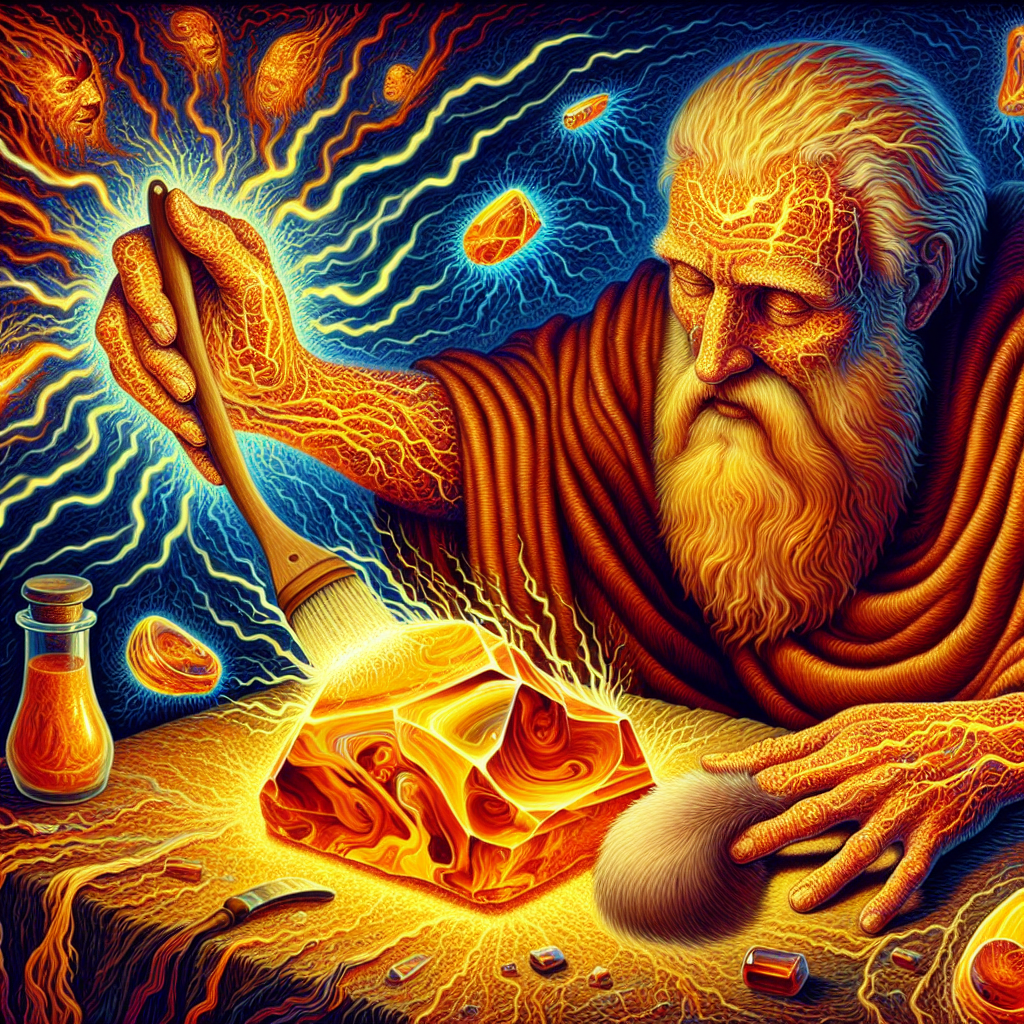
Boyle’s ground-breaking insights sparked a period of intense exploration and discovery in the 18th century, marking a significant advancement in the field of electrical science.
Electrical Discoveries Preceding Benjamin Franklin‘s Kite
Prior to Benjamin Franklin’s ground-breaking kite experiment in 1752, significant advancements in electrical science had been made:
* Francis Hauksbee (Early 1700s): Created a glass ball that emitted light when rubbed, demonstrating the connection between electrical attraction and repulsion. This invention foreshadowed the development of neon lighting.
* Charles François de Cisternay du Fay: Proposed the “two-fluid” theory of electricity, suggesting that it involved the interaction of two distinct electrical fluids.
* Benjamin Franklin: Developed the “unitary” or “one-fluid” theory of electricity. He posited that electricity consisted of a single fluid, which could be present in excess or deficiency, resulting in positive or negative electrical charges. Franklin’s theory suggested that electrical flow occurred from higher to lower concentrations of the fluid.
Alessandro Volta and the Voltaic Pile
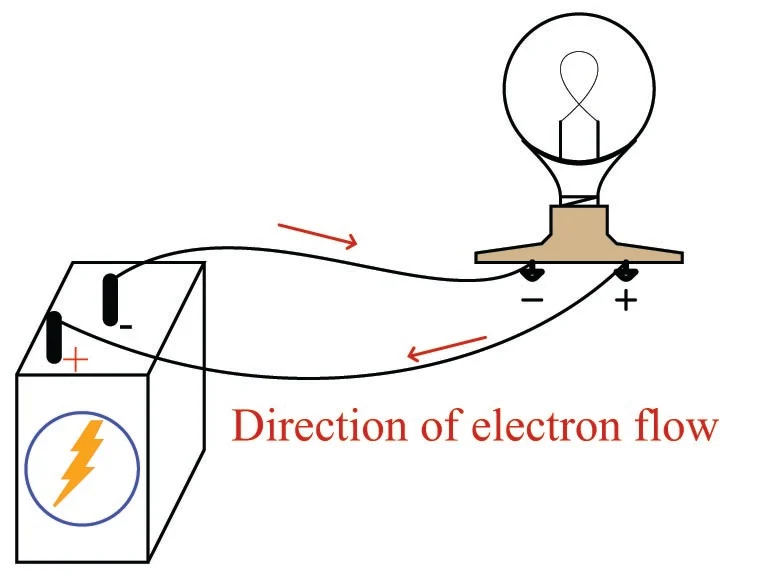
In 1800, Italian scientist Alessandro Volta, inspired by a dispute with Luigi Galvani, created the first electric battery, known as the voltaic pile. This invention consisted of alternating layers of zinc and copper discs, separated by paper or cardboard soaked in saline solution.
The voltaic pile produced the first continuous flow of electricity, known as direct current (DC). In a DC circuit, one terminal is always positive and the other negative, allowing electrons to flow from the positive to the negative side through a conductor.
Galvani used this new invention on his pivotal research on Frogs Legs and nerves
Galvani made ground-breaking discoveries in the field of neuroscience by utilizing Volta’s new invention on his research with frogs’ legs and nerves!
By applying electricity to the muscles of frogs’ legs, Galvani observed the phenomenon of muscle contractions, which led him to theorize the existence of “animal electricity.” This research laid the foundation for the development of bioelectromagnetics and ultimately contributed to our understanding of nerve function and the role of electricity in the human body. Galvani’s work revolutionized the field of neuroscience and paved the way for further advancements in the study of the nervous system.
André-Marie Ampère and Electromagnetism
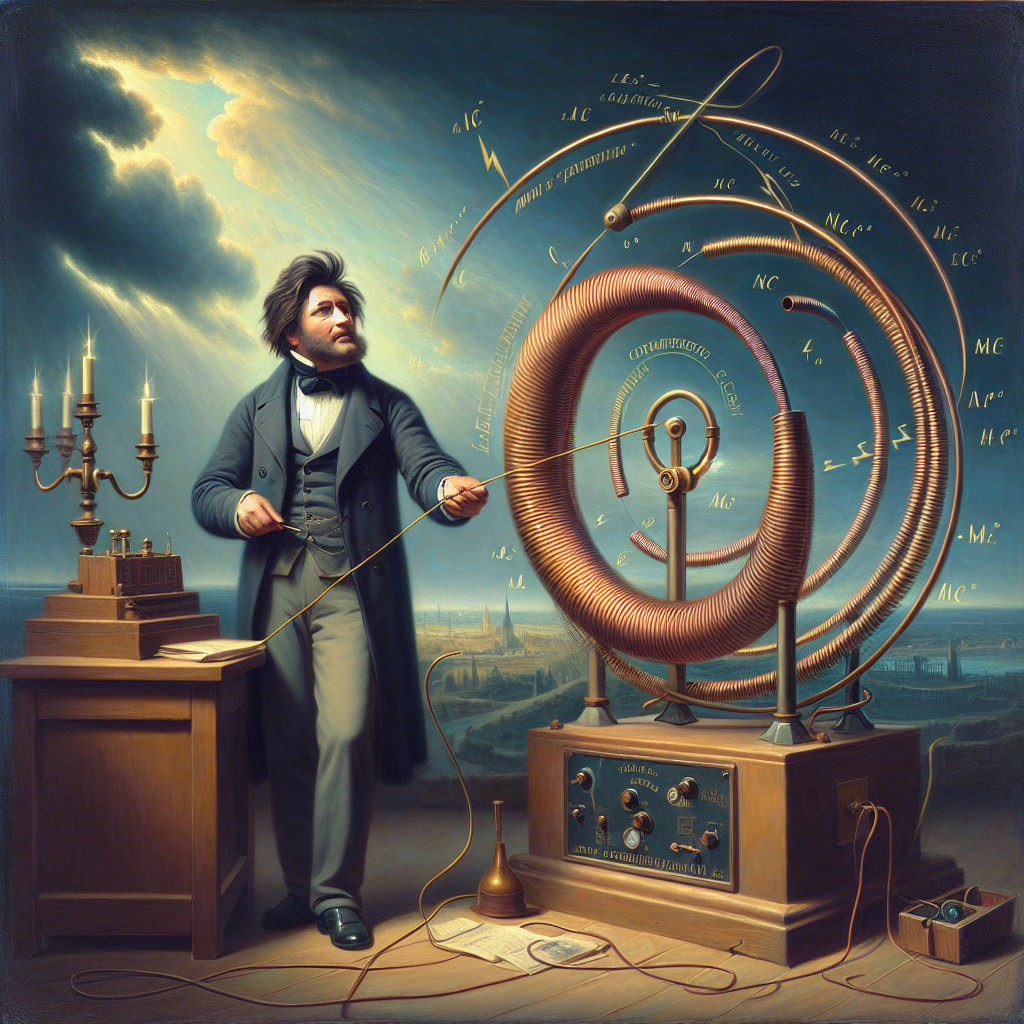
André-Marie Ampère, a French physicist and mathematician, played a significant role in the development of electromagnetism. In 1820, he demonstrated that an electric current flowing through a coil of wire could deflect a nearby magnetic compass needle.
This discovery laid the foundation for classical electromagnetism, a field that explores the relationship between electricity and magnetism. Ampère also coined the term “electrodynamics” to describe this field.
SI Units of Measurement
The SI unit of electric potential, the volt (V), is named in honour of Alessandro Volta. The SI unit of electric current, the ampere (A), is named in honour of André-Marie Ampère.
Battle of the Currents
In September of 1882, a house in Appleton, Wisconsin achieved a significant milestone as the first American residence to be powered by hydroelectricity. The station responsible for powering this home utilized Thomas Edison’s direct current (DC) system. This event sparked a heated debate known as the “direct current versus alternating current (AC)” controversy, as Thomas Edison and George Westinghouse, a strong supporter of AC, competed for contracts.
The First Utility Power Stations

The 1880s marked the beginning of the electrical age, thanks to the groundbreaking work of Michael Faraday. This era culminated in the famous “War of the Currents” between inventors Thomas Edison and George Westinghouse / Nicola Tesla. Edison championed direct current (DC) for its perceived safety and efficiency, while Westinghouse advocated for alternating current (AC) due to its long-distance transmission capabilities. The intense rivalry between these two visionaries significantly influenced the evolution of electricity distribution, making it a crucial moment in the history of technological progress.
The Battle between Alternating and Direct Currents
Essentially, there was a major rivalry between Thomas Edison and Nikola Tesla regarding the best way to transmit electricity. Edison supported Direct Current (DC) while Tesla advocated for Alternating Current (AC). Despite initially working together, Tesla’s strong belief in AC caused a disagreement, leading him to team up with George Westinghouse to advance his AC concepts. Tesla’s efforts resulted in the creation of an AC-powered power station at Niagara Falls, which was completed in 1895 and able to provide electricity to Buffalo, located 20 miles away. The property of induction was discovered in the 1830’s but it wasn’t until 1886 that William Stanley, working for Westinghouse built the first reliable commercial transformer.
This progress represented a major triumph for AC in the ‘War of the Currents’. However, Tesla did not personally benefit from it, possibly due to his change of heart and the challenges he faced during the conflict. The rivalry between AC and DC reached its climax in 1888, with public demonstrations of animals being electrocuted using AC becoming frequent. Additionally, Edison even plotted to utilize Westinghouse’s AC technology for the first electric chair execution.
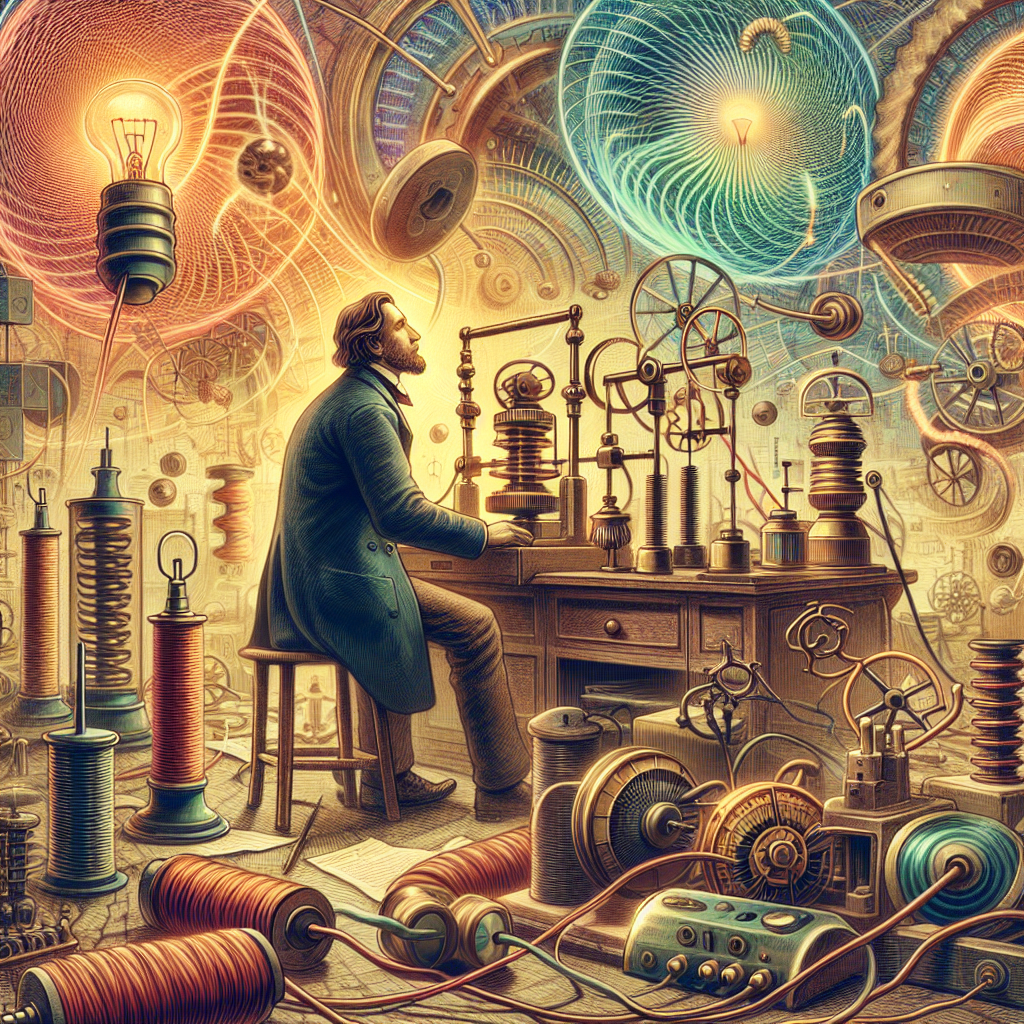
The fierce battle known as the ‘War of the Currents’ came to an end in 1892 with Edison’s decision to merge his company with Thomson-Houston Electric Company, resulting in the creation of General Electric.
Currents to drive the Machine Age
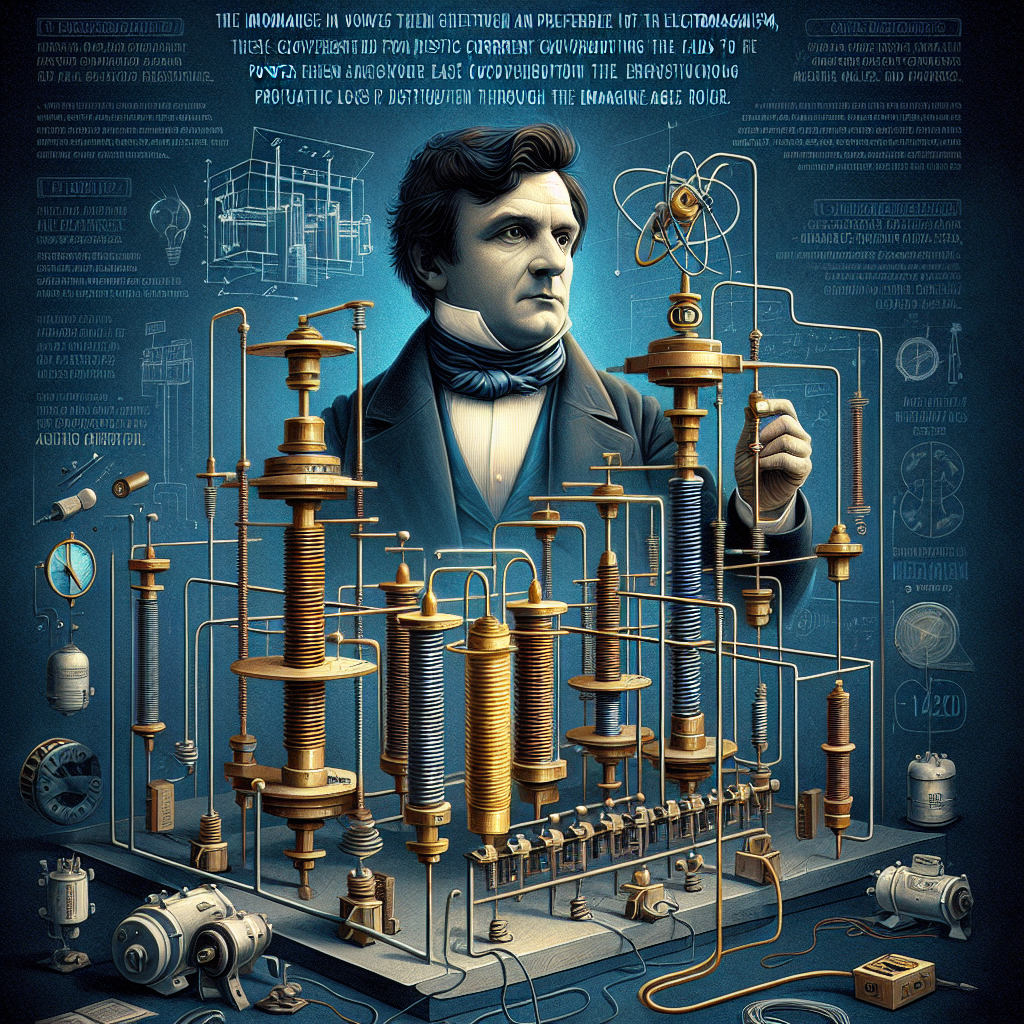
The primary reason why Alternating Current (AC) was preferred and Direct Current (DC) was phased out is largely due to transformers. A ground-breaking technology based on the principles of electromagnetism originally discovered by Ampere. Transformers, with their high efficiency and reliable solid-state non-moving components, enabled the easy conversion of AC voltage from high to low and vice versa.
This enabled power to be generated at a specific voltage and then transformed to a higher voltage for transmission through power lines, reducing power loss during long-distance distribution. Additionally, AC’s ability to drive rotating machinery played a crucial role in the advancement of industries and manufacturing processes during the ensuing Machine Age.
AC power from Utility Companies
The Machine Age and the discovery of hydrocarbons ushered in the era of Utility Power. This advancement was heavily influenced by Tesla’s innovations, which made it possible to efficiently transmit AC power over long distances to power motors. By using high voltage levels, power could be transmitted over hundreds or even thousands of kilometres before being stepped down to meet the needs of local users. This system’s key principle is that higher voltage levels reduce the current needed for the same power output, reducing resistance loss along the transmission line.
The Machine Age is characterized by ground-breaking innovations and advancements, including widespread manufacturing, giant electric engines, towering skyscrapers, and massive corporations.
The era was marked by impressive industrial achievements and stunning architectural feats, as humanity utilized electricity to drive its endeavours. Yet, looking back, it was also a period of excessive consumption and environmental harm, as resources were depleted rapidly. This relentless pursuit of progress ultimately led to the Atomic Age, characterized by the utilization of nuclear energy, showcasing mankind’s unending desire for dominance and energy.

The Electronic Age

The transistor, invented in 1947, marked a significant advancement in electronics. However, it was the introduction of Intel 8086 processors in the 1980s that sparked the Information Age. Interestingly, the concept of “imaginary numbers” in mathematics was not established until 1952, following the creation of the transistor.
Direct current (DC) is a crucial component of electronics, operating through positive pulses in code. A century after the famous “Battle of the Currents”, DC has made a significant comeback, particularly in the Information Age with the rise of the Integrated Chip (IC) and other technological innovations. Notably, DC has played a pivotal role in the development of inventions like the Light Emitting Diode (LED) and the Photo-Voltaic Cell (PV), demonstrating its enduring impact on modern electronic devices.
Invention of MOSFET
The creation of the Metal-Oxide-Semiconductor Field-Effect Transistor (MOSFET) marked a significant advancement in the realm of electronics and technology. In 1959, Mohamed Atalla and Dawon Kahng introduced the MOSFET at Bell Labs, forever changing the landscape of digital electronics. This transistor, also known as the MOS transistor, transformed the way electronic devices were designed and is now considered the cornerstone of modern electronic technology. The MOSFET is utilized for amplifying and switching electronic signals and power, offering a straightforward design, scalability, and energy efficiency. It has become the most widely produced device in history, with an astonishing estimated total of 13 sextillion MOSFETs manufactured between 1960 and 2018.
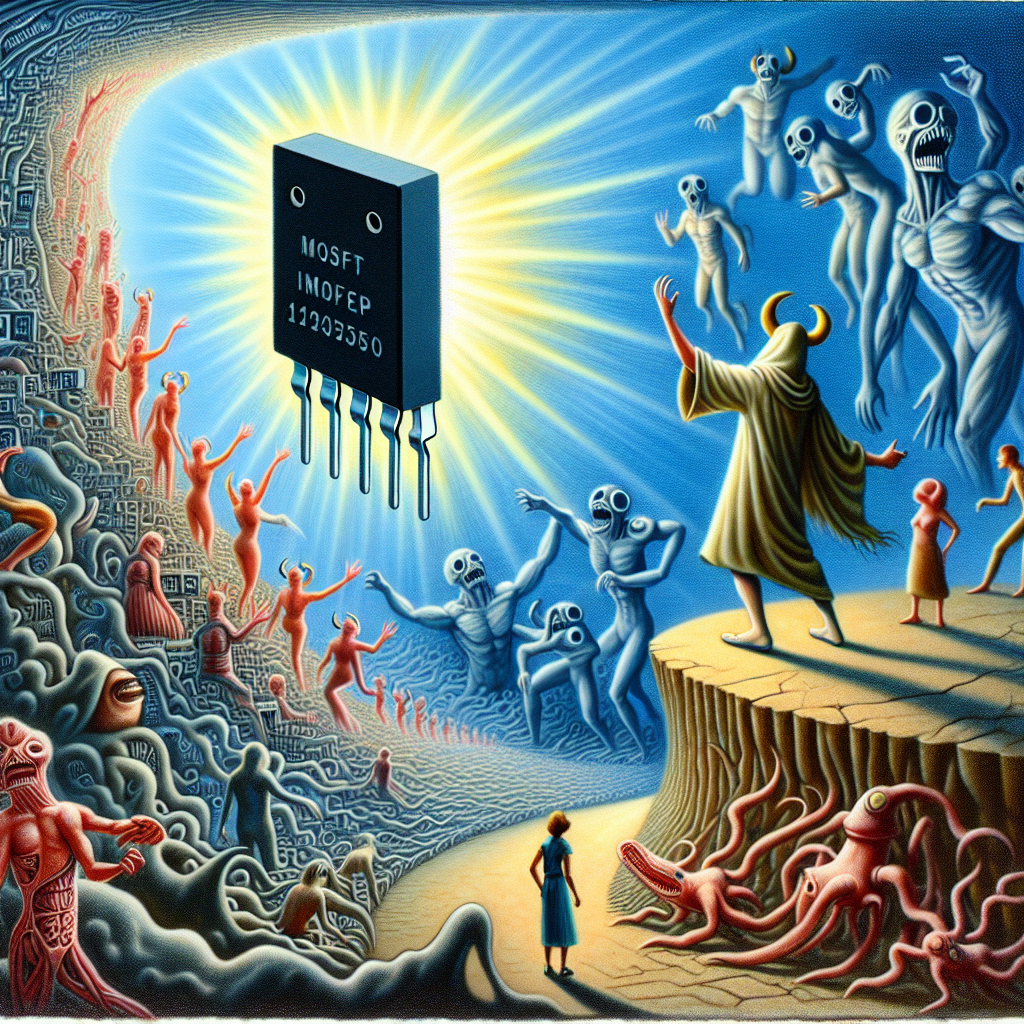
The fluctuating nature of Alternating Current (AC) results in higher losses in AC lines due to line resistance, known as I²R losses. This is caused by the continuous change in the current direction, leading to increased energy waste. However, the invention of the MOSFET chip has enabled a more efficient conversion of AC to DC (and vice versa).
The return of DC
Eskom, the South African Utility Energy company (SOC), is investigating the possibility of creating a direct current (DC) line from Inga II in Congo to South Africa in order to improve energy efficiency. This line would streamline the transportation of electrical energy, leading to decreased energy loss during transmission.
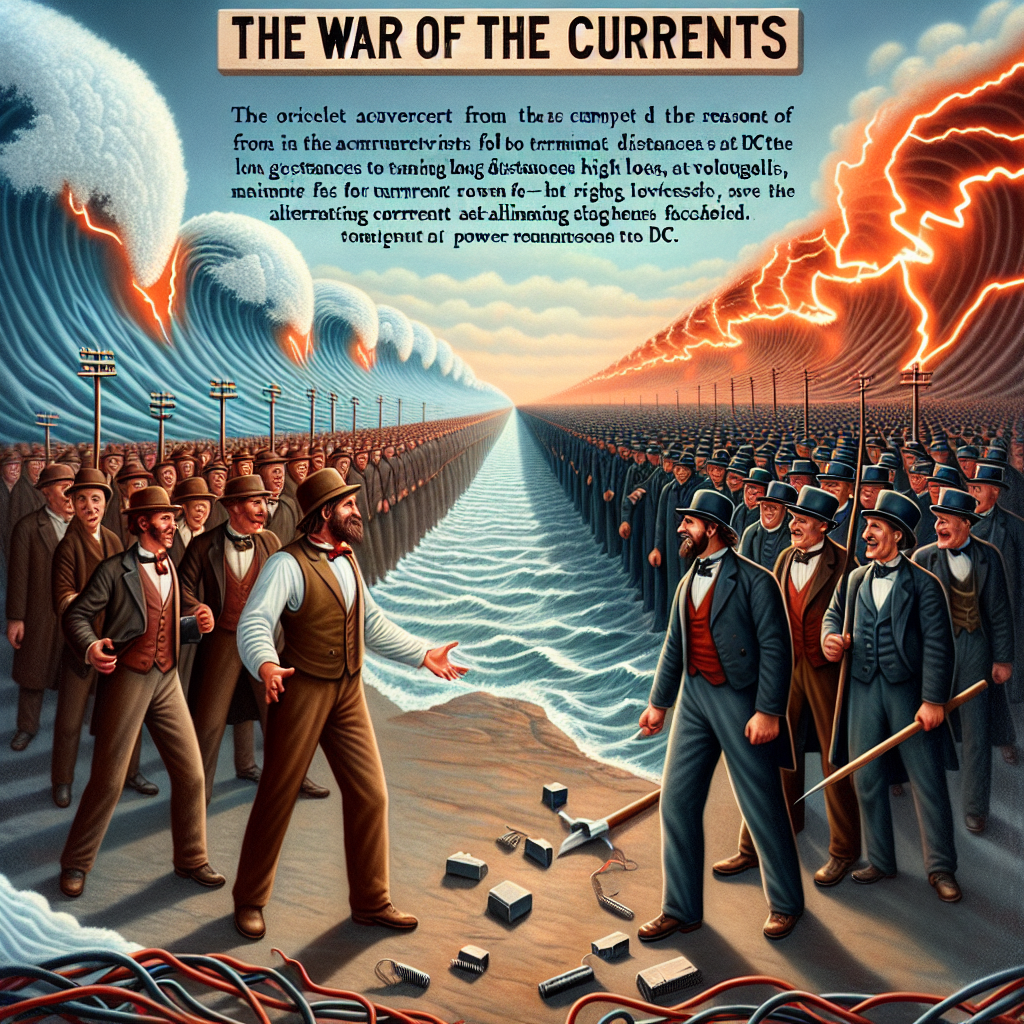
The conflict in the late 1880s known as the “War of The Currents” pitted Thomas Edison, a proponent of Direct Current (DC), against Nikola Tesla and George Westinghouse, who advocated for Alternating Current (AC). AC emerged victorious due to its ability to be transmitted over long distances at high voltages, minimizing power loss compared to DC. However, recent technological advancements have allowed DC to overcome its previous limitations, making it more efficient and suitable for today’s digital world. As a result, the increasing adoption of DC represents a complete turnaround from the original reason for AC’s success in the “War of The Currents.”
However, that may be the case, and it might be a good time to consider “load shedding.”
NEXT: The South African Energy Crises
BACK: Course Outline
If you have found value in the insights and guidance provided in this course, I kindly request your consideration in making a donation to support the IMBY cause. Your contribution will directly support our Sustainability Test Station (STS), where we relentlessly pursue innovative solutions to pressing challenges in Sustainable Development, to bring out articles like:






